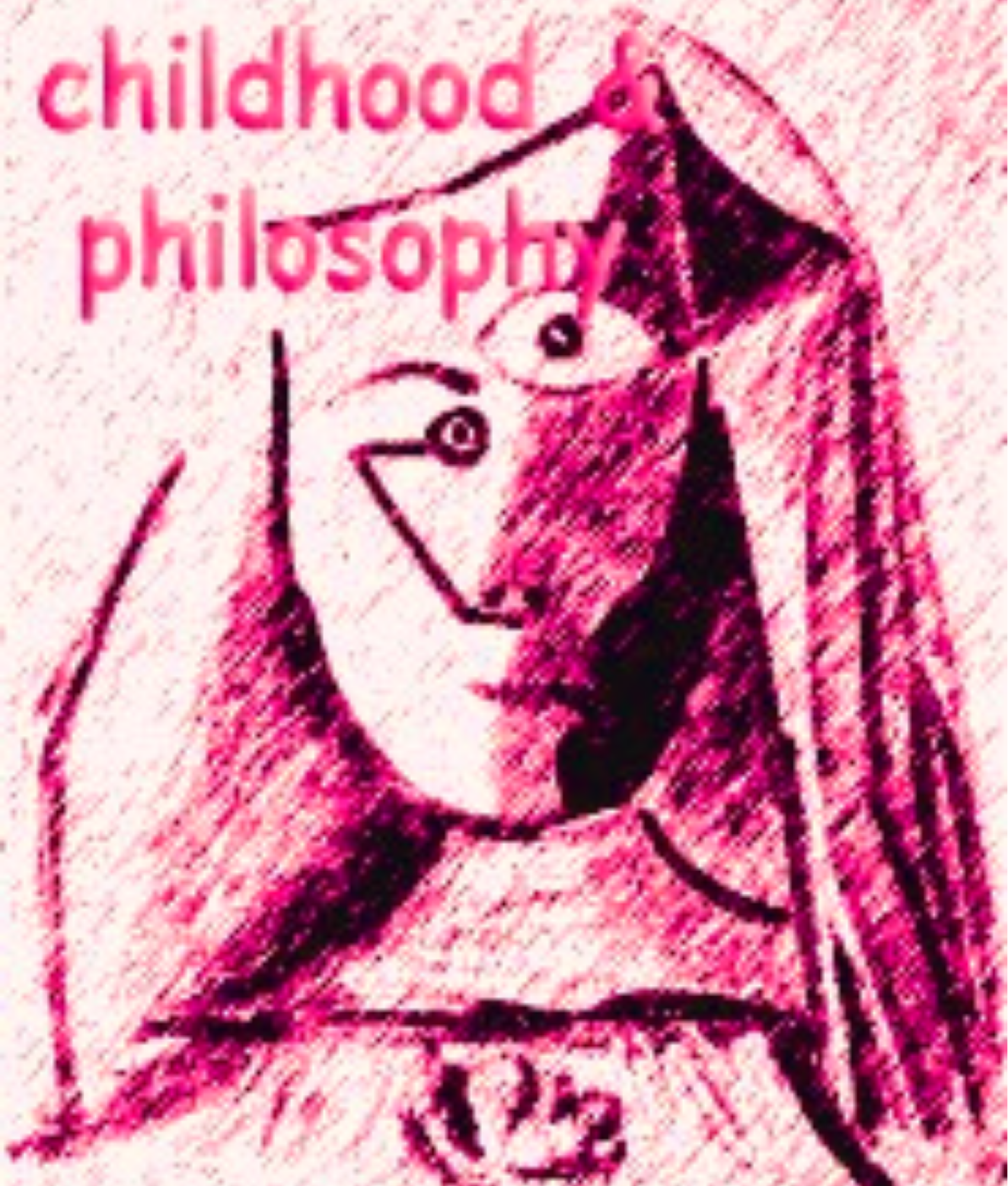watching children play: toward the earth in bliss
DOI:
https://doi.org/10.12957/childphilo.2022.65791Parole chiave:
ageism, behavioral mapping, children’s play, playground, seniors.Abstract
Watching children at play is favorite pastime for many elderlies. However, the growing safety concerns have prompted parents to become increasingly resistant to the idea of having strangers watch their children in parks and playgrounds. This creates an intergenerational gap in communication with potentially detrimental consequences for all social groups. Oral interviews were conducted and written surveys distributed that validated the hesitance of seniors, especially in the United States, to spend time at children’s playgrounds despite their finding the vicinity of children stimulating. Behavioral observations were conducted at playgrounds to quantify the positive and negative effects of supervisors’ ages on children’s play and thus indirectly assess whether there can be mutual benefits of making the presence of older people at playgrounds, which is customary in many countries, more culturally acceptable. Observations focused on the behavior of a pair of siblings showed that there is an increased probability of both conflicts and joyful expressions when the children were in the presence of a middle-aged person than when they were watched over by the elderlies. This has suggested that freer expressions stimulated in the presence of parent-like figures simultaneously induce the undesired and the desired behavioral patterns in the form of propensities for conflict and propensities for expressions of joy, respectively. This has confirmed that the observational stance has a critical effect on the observational outcome and that the age of the watchers has an effect on the behavior of children at play, with the age correlating directly with the calmness of the play, but also with a lower degree of exhilaration.Downloads
Riferimenti bibliografici
L. Baquero, T. Maria, E. H. Garcia. Environmental factors influencing the elderly’s use of public spaces in Madrid. Urbano 22, 108 – 126 (2019).
ICNV Staff – “An Unlikely Friendship Formed in the Midst of the Pandemic”, Irvine Community News & Views (June 3, 2021), retrieved from https://irvinecommunitynewsandviews.org/an-unlikely-friendship-is-formed-in-the-midst-of-the-pandemic/.
A. Loukaitou-Sideris, L. Levy-Storms, M. Brozen. Placemaking for an Aging Population: Guidelines for Senior-Friendly Parks, UCLA Luskin School of Public Affairs, Los Angeles, CA (2014).
M. Talarowski, D. A. Cohen, S. Williamson, B. Han. Innovative playgrounds: use, physical activity, and implications for health. Public Health 174, 102 – 109 (2019).
J. Holt-Lunstad. The Potential Public Health Relevance of Social Isolation and Loneliness: Prevalence, Epidemiology, and Risk Factors. Public Policy & Aging Reports 27, 127 – 130 (2017).
J. Cohen-Mansfield, H. Hazan, Y. Lerman, V. Shalom. Correlates and Predictors of Loneliness in Older-Adults: A Review of Quantitative Results Informed by Qualitative Insights. Integrational Psychogeriatrics 28, 557 (2016).
D. Lange. Cities with the most park playgrounds per 10,000 residents in the U.S. 2019. Statista, retrieved from https://www.statista.com/statistics/189721/number-of-park-playgrounds-per-10-000-residents-by-city-in-the-us/ (2020).
Anon. – “Population of Woodbridge, Irvine, California”, Statistical Atlas, retrieved from https://statisticalatlas.com/neighborhood/California/Irvine/Woodbridge/Population (2018).
Midlake – “You Never Arrived”, In: The Trials of Van Occupanther, Bella Union, Brighton, UK (2006).
Love – “Old Man”, In: Forever Changes, Elektra, Los Angeles, CA (1967).
A. Strugatsky, B. Strugatsky – “Roadside Picnic”, Macmillan, New York, NY (1972).
V. Uskoković – “Sketches of Stars and Pebbles of Wisdom”, Amazon Kindle Direct Publishing, Scotts Valley, CA (2008).
J. Gottman. What Makes Love Last? How to Build Trust and Avoid Betrayal, Simon & Schuster, New York, NY (2013).
The Fiery Furnaces – “I’m Waiting to Know You”, Fat Possum Records, Oxford, MS (2006).
Irvine Unified School District 2020/21 Grade K Mathematics Lesson 06.03: Taking Some, Printable Activity: Take Away with a Number Line (2021).
T. S. Eliot – “The Love Song of J. Alfred Prufrock”, In: Prufrock and Other Observations by T. S. Eliot, The Egoist, London, UK (1917).
The Smiths – “Please, Please, Please, Let Me Get What I Want”, In: Hatful of Hollow, Rough Trade, London, UK (1984).
J. R. Wajman, L. L. Mansur, M. S. Yassuda – “Lifestyle Patterns as a Modifiable Risk Factor for Late-life Cognitive Decline: A Narrative Review Regarding Dementia Prevention”, Current Aging Science 11, 90 – 99 (2018).
L. Fratiglioni, S. Paillard-Borg, B. Winblad. An active and socially integrated lifestyle in late life might protect against dementia. Lancet Neurology 3, 343 – 353 (2004).
H. Hesse – “The Glass Bead Game”, Translated by Richard and Clara Winston, Picador, London, UK (1943).
Camera Obscura – “Lunar Sea”, In: Underachievers Please Try Harder, Elefant Records, Madrid, Spain (2003).
The Rolling Stones – “As Tears Go By”, In: December’s Children (And Everybody’s), London, London, UK (1965).
G. Bateson, M. C. Bateson – “Angels Fear: Towards an Epistemology of the Sacred”, Bantam Books, New York, NY (1987).
A. Pope - An Essay on Criticism, Cambridge University Press, Cambridge, UK (1709).
B. Pascal’s. Pensée No. 155, In: Pensées. Translated by A. J. Krailsheimer, Penguin, Harmondsworth, UK (1669).
A. Schoenberg, R. Dehmel – “Transfigured Night, Op.4 – Two Versions: Sextet and Strong Orchestra”, Edwin W. Kalmus, Boca Raton, FL (1917).
W. Heisenberg – “Physics and Philosophy: The Revolution in Modern Science”, HarperCollins, New York, NY (1958).




